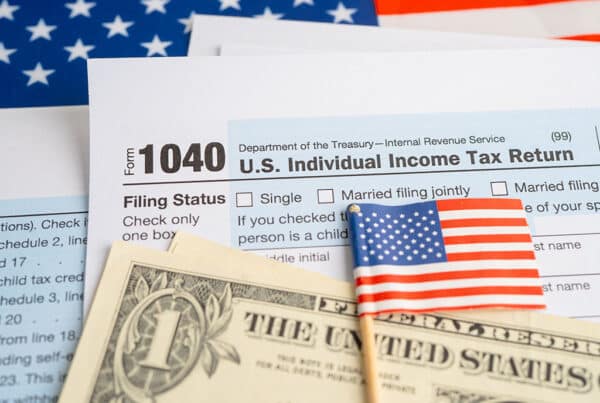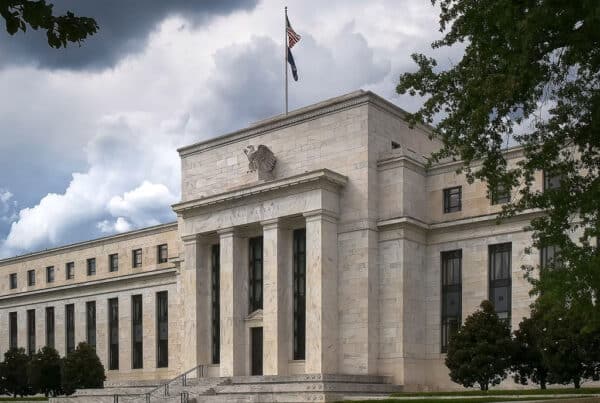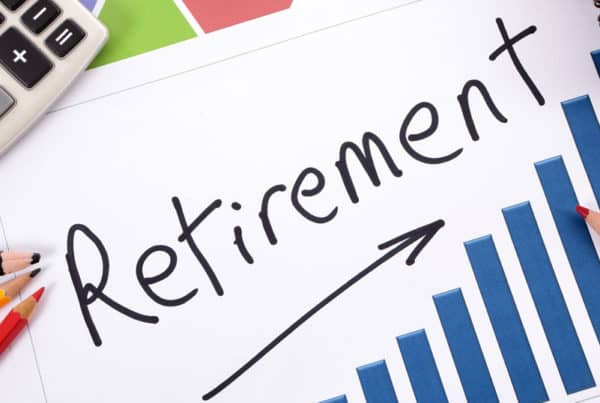ARTICLES
OUR MOST RECENT CONTENT
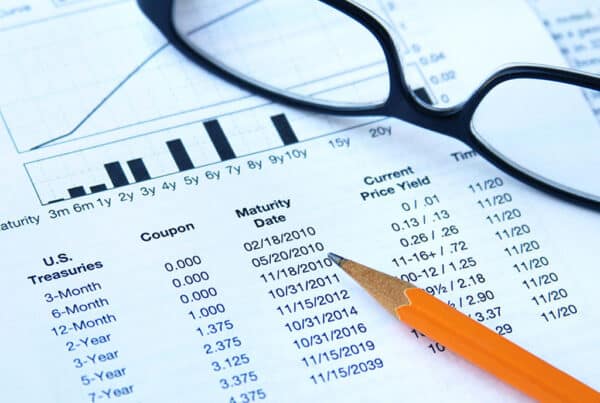
Understanding Bonds: Do They Belong in Your Portfolio?
Despite their importance in a diversified investment strategy, bonds remain one of the most misunderstood…

Cash Balance Plans in 2025
Most high-income professionals, including physicians, are on the lookout for ways to reduce taxes, protect…
ADDITIONAL CONTENT

Sell in May and Go Away: Is it a Sensible Strategy for You?
Spring has arrived, which means you will hear the phrase “Sell in May and Go…

Everything Physicians Need to Know About the LLC Asset Protection Strategy
Even the best, most careful doctors can find themselves at the wrong end of a…

Six Tools to Help You Achieve Your Retirement Goals
It is not surprising that achieving a financially secure retirement is a leading financial goal…

Why Your Long-Term Financial Plan Must Be Flexible
The Greek philosopher Heraclitus is quoted as saying “the only constant in life is change.”…

Financial Planning for Physicians
You probably already know that physicians are among the highest-paid professionals in the US. However,…

Start Early to Leverage the Power of Compound Interest
Saving money at an early age is perhaps the simplest and one of the most…
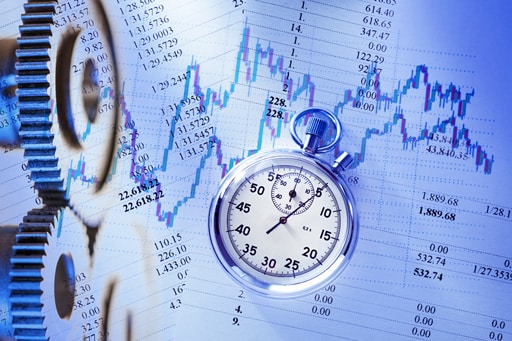
Time in the Market: More Important than Timing the Market
Most U.S. stock indices are at all-time highs, but what does that mean for your…

LCOL, HCOL, and More: Understanding Low to Very High Cost of Living for Retirement Planning
You might not have realized it, but planning for retirement often requires adjusting to an…
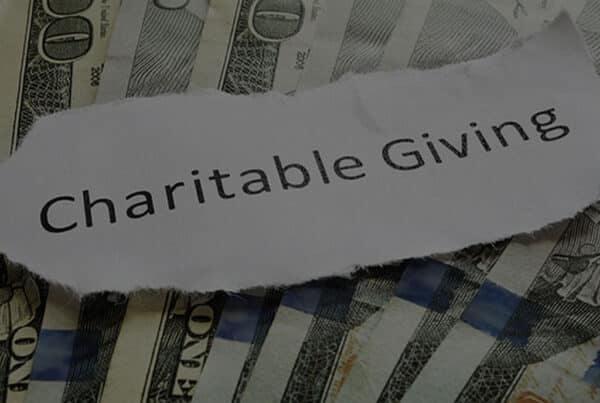
Maximizing the Two-Fold Benefits of Your Charitable Donations
At year-end, many consider donations to charities but are not quite sure of the best…
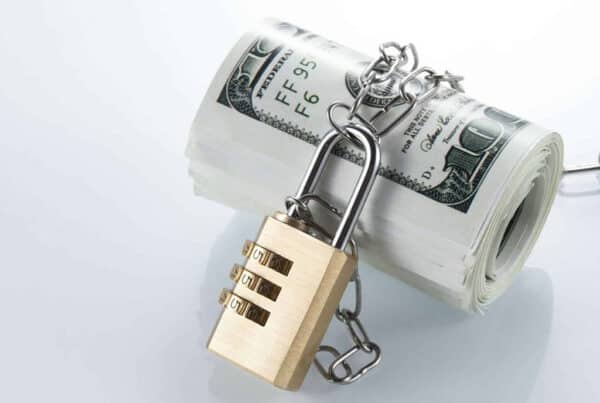
A Doctor’s Guide to Asset Protection Trusts
Trusts are becoming increasingly popular parts of estate planning. But there’s a difference between the…

Sequence of Returns Risk
As investors age, they should consider the reallocation of their assets into increasingly conservative investments…

The Importance of Asset Protection: Malpractice Lawsuits
Among the various types of liability that physicians may face, including employee claims, HIPAA violations,…

The Beginner’s Guide to Tax Planning for Doctors
When you’re a high-income earner with lots of expenses, like a doctor, tax season is…

Everything Physicians Need to Know About Life Insurance
Your career as a physician is full of major milestones that show you’re growing wiser,…

The Pros and Cons of HSAs for Physicians
You’ve probably heard about them in your employee benefit package. Your patients may ask if…

Money Matters for the Newly Married
For many people, getting married is one of life’s highlights. This lifelong commitment is a…

Long-Term Care Planning
WHAT YOU NEED TO KNOW ABOUT THE RISKS & ROLE OF INSURANCE Concerns about long-term…

How to Choose an Investment Advisor? Three Mistakes to Avoid
Over the last few years, many investors have re-examined not only their investment assumptions, but…

How to Protect Your Home and Home Equity From Liability
The family home (and its equity) is often one of the most valuable assets you…
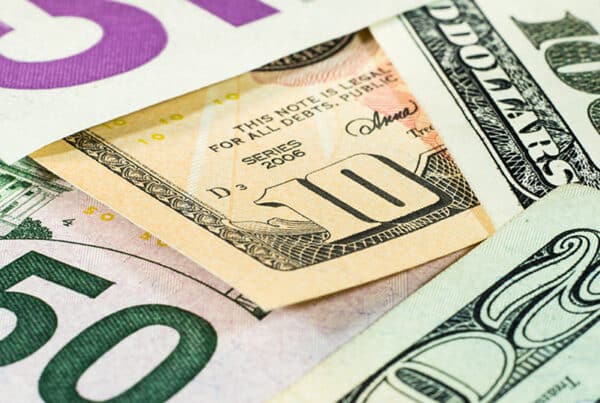
Are You Getting Adequately Paid for Your Cash?
Let’s start by getting to the point. You should call your bank and find out…





